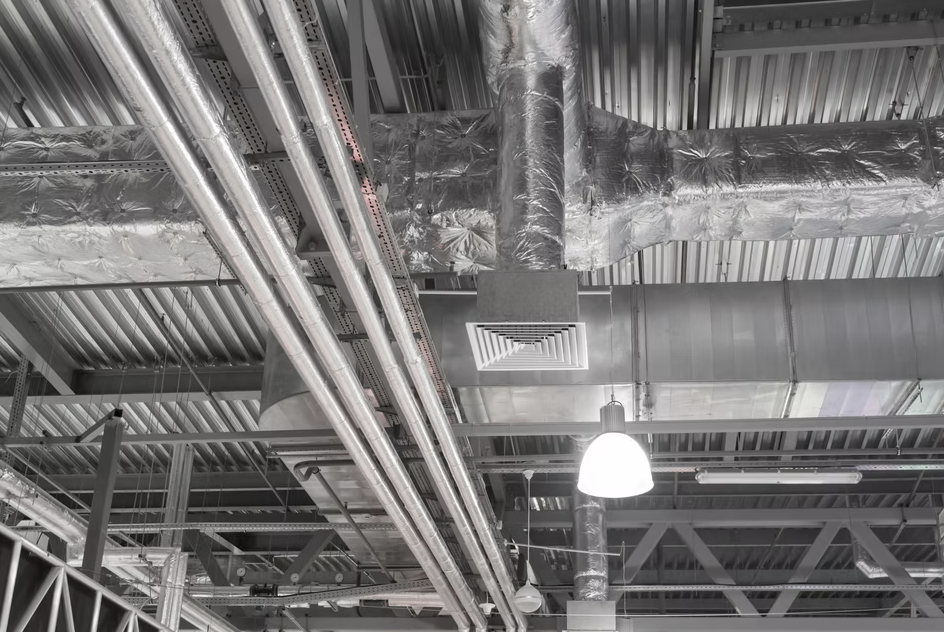Commercial ventilation systems are designed to regulate and maintain air quality in larger spaces
Commercial ventilation systems are designed to regulate and maintain air quality in larger spaces such as office buildings, factories, hospitals, restaurants, shopping malls, and other commercial or industrial settings. These systems ensure a constant supply of fresh air, remove stale air, and help control temperature, humidity, and airborne contaminants.
Varied Design Criteria
At Neem we perform commercial ventilation system installations tailored to meet the specific needs for our clients. With buildings functiallity,occupancy levels and designed bespoke packages, we tailor installations to ensure our clients need are achieved. With years of experience in the industry, our team provides efficient, compliant installations to improve air quality, regulate temperature, and ensure a safe, comfortable environment for buildings occupancy’s. Whether it’s a new build or a retrofit, we deliver high-performance systems with minimal disruption to your operations

Key Components of a Ventilation System
How Commercial Ventilation Systems Work
- Fresh Air Intake: Outdoor air is drawn into the system through intake vents.
- Filtration: Air passes through filters to remove dust, allergens, and other pollutants
- Conditioning: The air is heated, cooled, or dehumidified in the air handling unit.
- Air Distribution: Conditioned air is distributed via ductwork to designated zones or rooms.
- Exhaust & Recirculation: Stale indoor air is either exhausted outside or partially recirculated after treatment.
- Monitoring & Adjustment: Sensors and control systems maintain optimal indoor air quality and efficiency.
- Air Handling Units (AHUs): Central components that condition and circulate air.
- Ductwork: Network of metal or flexible conduits that distribute airflow throughout the building.
- Fans & Blowers: Mechanical devices that push air through the system (supply and exhaust).
- Filters: Remove particulates and contaminants from incoming air.
- Dampers: Control airflow and pressure within the system. •Vents & Diffusers: Deliver air to and from occupied spaces.
- Vents & Diffusers: Deliver air to and from occupied spaces.
- Heat Recovery Ventilators (HRVs): Improve energy efficiency by capturing heat or coolness from exhaust air.
- Control Systems & Sensors: Automate system operation based on temperature, occupancy, or air quality.
